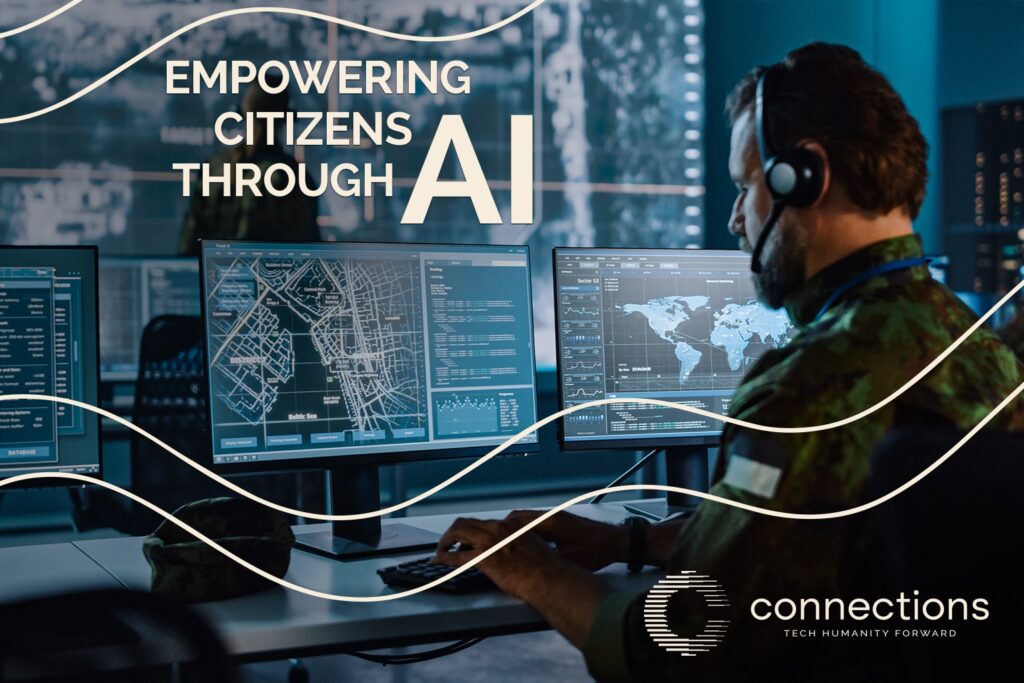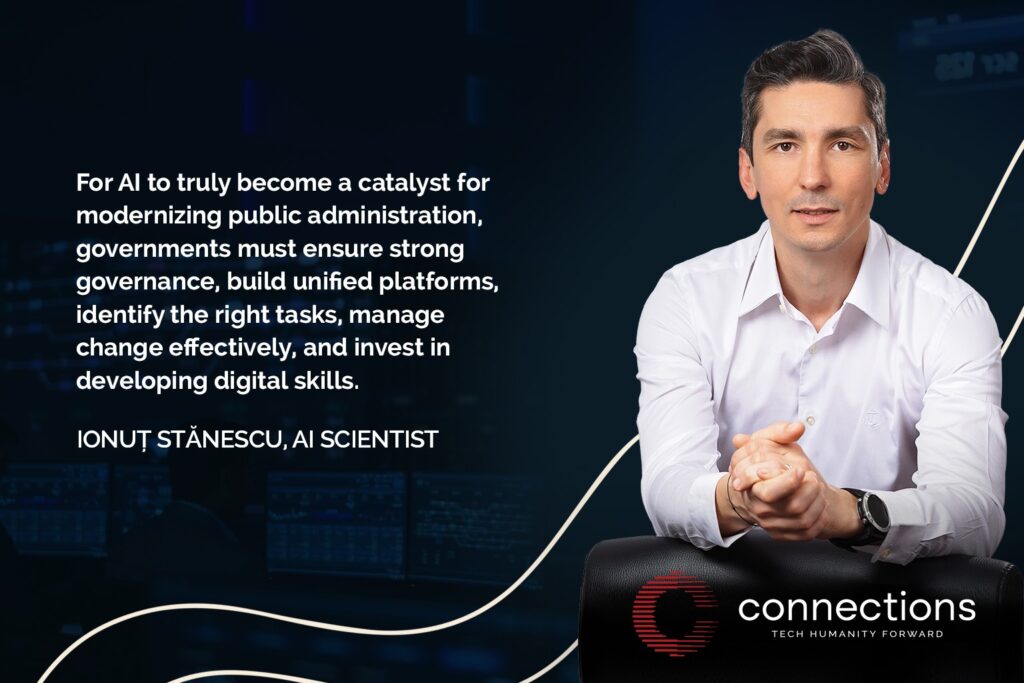
Artificial intelligence holds the promise of redefining how the public sector operates, transforming cumbersome bureaucratic processes into agile and efficient mechanisms, and reshaping the way governments interact with citizens.
Unlike the private sector, where innovation is often driven by fierce competition, public administrations advance at a more measured pace, constrained by regulations, social responsibilities, and tightly balanced budgets. However, the potential of AI is impossible to ignore: from reducing bureaucracy and improving operational efficiency to optimizing resource allocation and personalizing public services, technology can bring governments closer to the ideal of smart governance—and for each of us, it means easier interactions with public institutions and a higher quality of life in our local communities.
Imagine a public system where requests for documents are processed in real time, without queues or unnecessary waiting. Where predictive analytics anticipate social needs and direct resources to the most vulnerable communities before problems escalate. Where government transparency becomes a natural standard, not an aspirational goal. AI makes all of this possible.
It might sound like something out of a science fiction movie—if we didn’t already have real-world examples proving otherwise.
Cities like Helsinki and Singapore are already powerful examples, using advanced algorithms to improve public transportation, streamline municipal services, or detect anomalies in urban infrastructure. Meanwhile, governments like Estonia’s have managed to almost completely digitize public administration, turning the citizen–state interaction into a smooth, nearly invisible experience.
Romania, like many other countries undergoing digital transition, is still at the beginning of this journey. But with a clear strategy and strong partnerships between the public and private sectors, AI adoption can become a tangible reality that we all experience in everyday life.
That said, implementing AI in the public sector must be done strategically.
What does a responsible roadmap for implementing intelligent technologies in public administration look like?
“There are five essential steps governments should follow to successfully implement AI in the public sector.
First, a strong framework for AI and data governance is needed—ensuring effective administration and ethical use of technology to protect people and prevent abuse.
Second, the creation of a unified national AI and data platform is key. Fragmented data across departments can be a major obstacle. A shared platform for data management and analysis is critical to efficient AI implementation.
Third, it’s essential to identify the right tasks for AI. Efforts should focus on areas where AI can bring significant improvements in efficiency, accuracy, and speed—freeing human resources for activities that require creativity and human judgment.
Fourth, change management is crucial. For AI to be embraced by both civil servants and citizens, clear communication about its impact is necessary. Informing and training public sector employees is essential for a smooth transition.

Finally, the fifth step is reskilling and developing digital competencies. As AI takes over certain tasks, public employees need to be retrained to work effectively with new technologies. Governments must invest in training programs to enhance the digital skills of civil servants. Implemented strategically, these five steps can turn AI into a real catalyst for modernizing public administration,” explains Ionuț Stănescu, AI Scientist.
However, beyond the obvious benefits, we must be careful not to fall into the trap of creating an impersonal administration, where human interaction is replaced by automated processes that are blind to the nuances of social reality. And since AI is already a pragmatic tool, ready to be used… the only question left is: Are we ready to make the most of it?